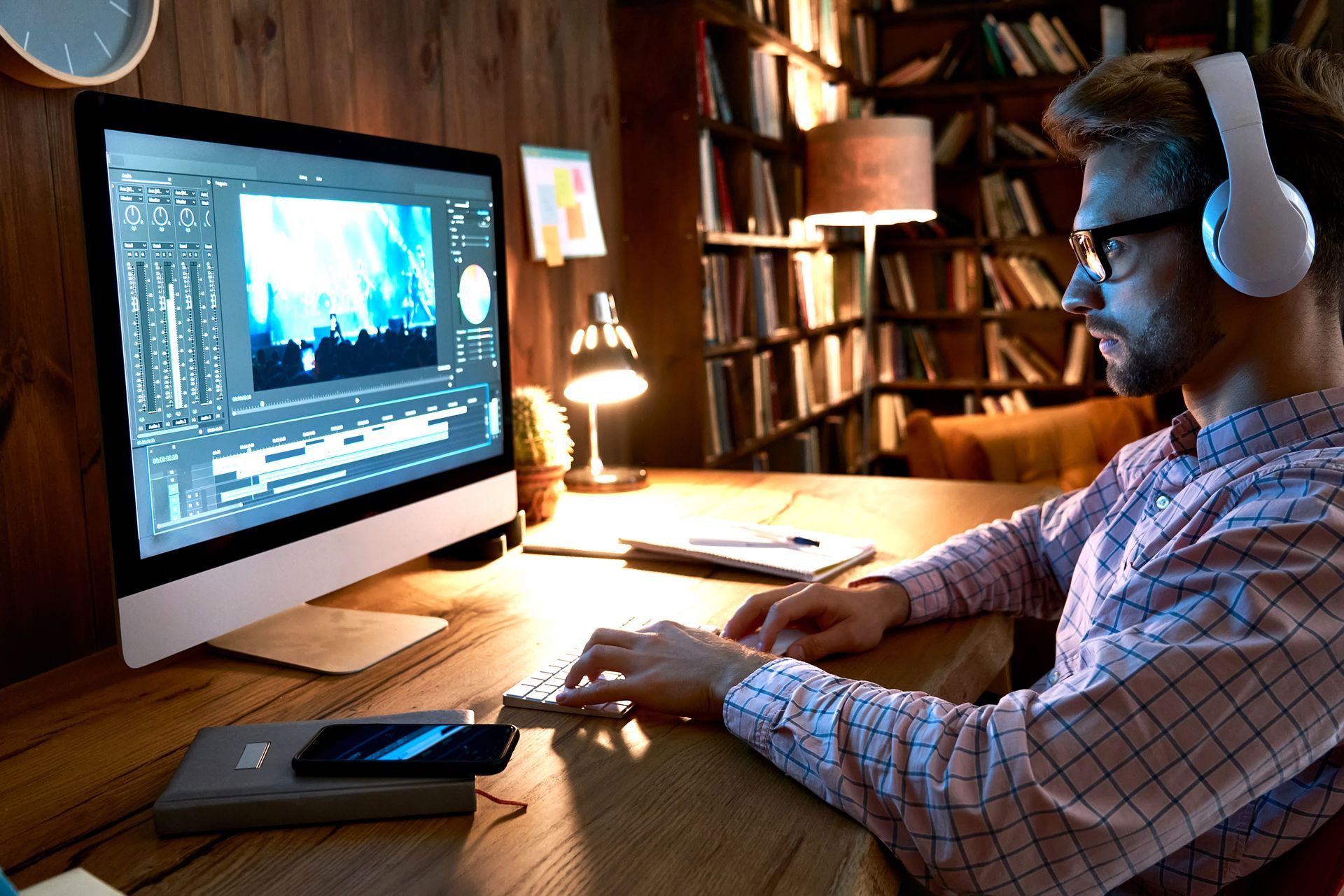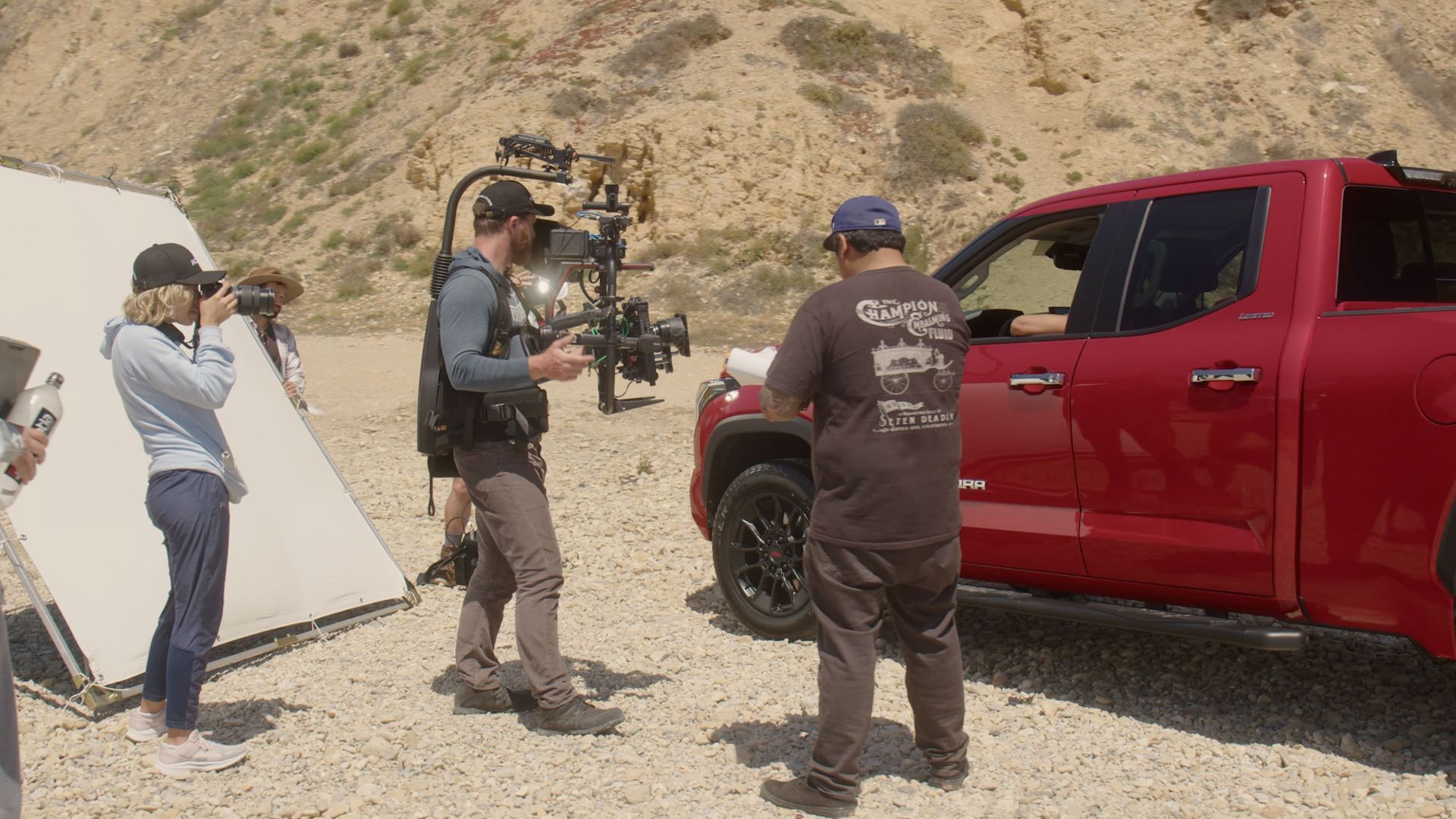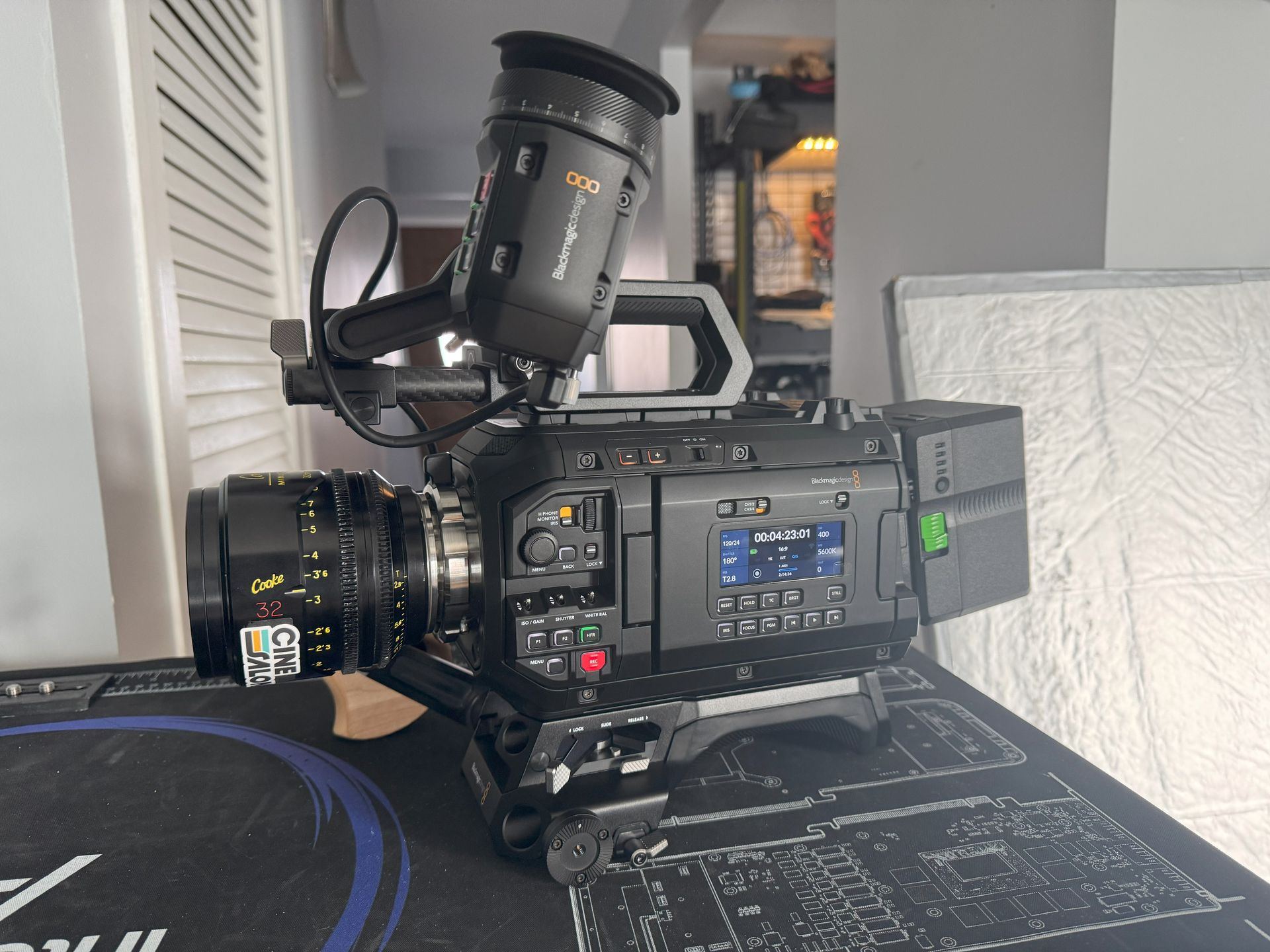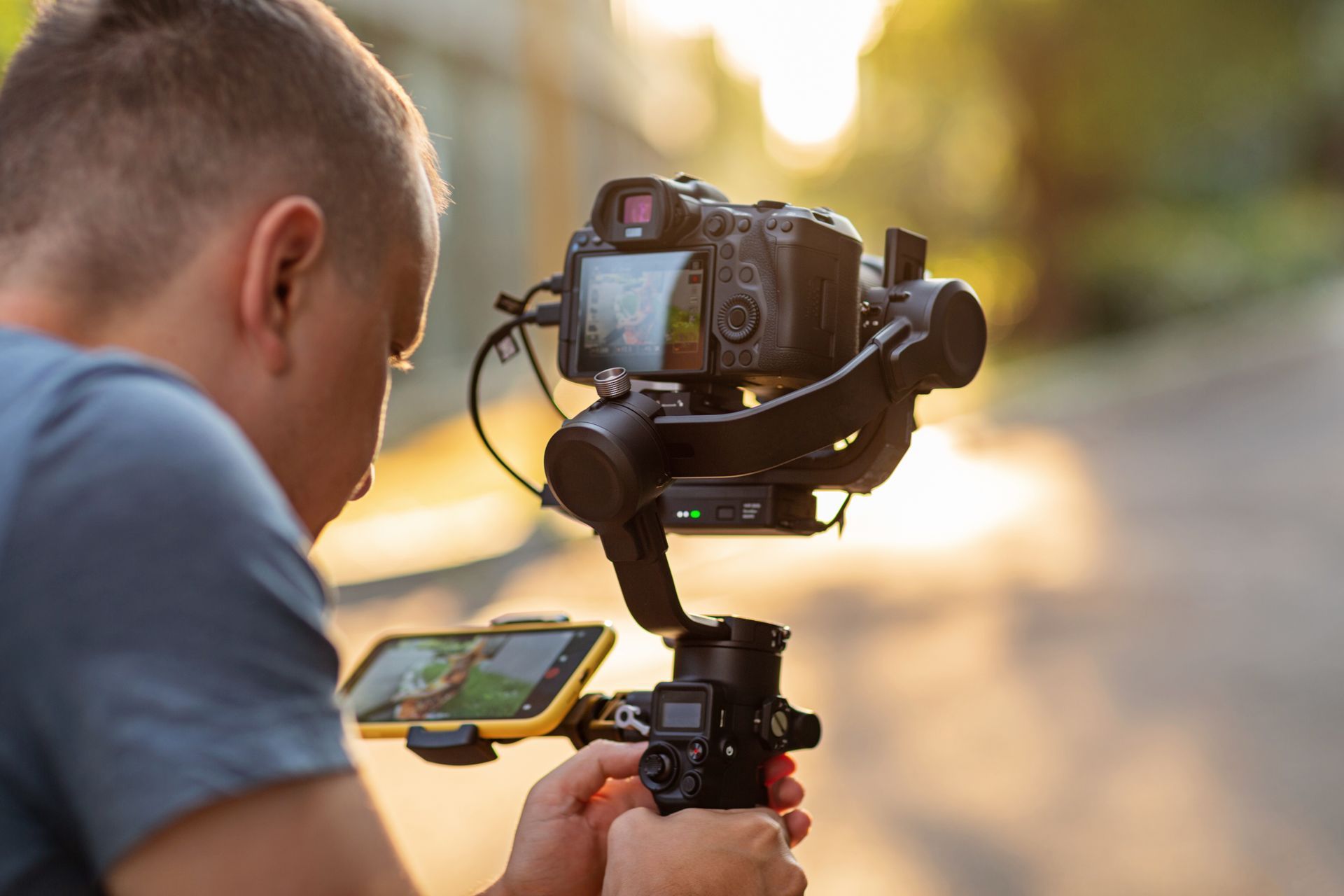
The way to explain a video is through the use of captions. For example, a deaf person can watch and understand this kind of video since video captioning makes it accessible to everyone. Videos with captions are like open doors for all people who want to experience it as an audience and understand what has been presented in the video.
How To Add Captions to a Video
Tools and Software for Adding Captions to a Video
Various tools and software can assist in adding subtitles to videos. Here are several methods on how you can use some standard tools to add captions:
A. Using YouTube Captioning Tool to Add Captions to a Video
- Upload Your Video: Log into your YouTube account, go to your Video Manager, and choose the video you want to caption.
- Access the Subtitles/CC Section: Navigate to the Subtitles/CC tab, then select your desired language for the captions.
- Add Captions: Select Add new subtitles or CC again, choosing the language. You have two options: either manually type the captions or upload them through a file with them.
- Edit and Sync Captions: Adjust the caption's text for timing accuracy; you can drag it until the audio matches the caption.
- Save and Publish: Once you are done editing, click Publish because it is an option that saves your captions. Now, viewers can turn on their TV’s closed-captioning while watching this clip on their YouTube Platforms.
B. Using Adobe Premiere Pro to Add Captions to a Video
Here is how to add captions to reels from saved audio using Adobe Premiere Pro in 5 Simple Steps:
- Import Your Video: Go ahead and launch Adobe Premiere Pro, then open your video, which is intended for captioning.
- Create a New Caption File: On the “Captions” option, click “New Caption.” This will enable you to select the preferred format for caption files.
- Add Captions: Using the editor provided, type out your wordings as any other entity requires. Adjust time settings and change format when needed.
- Sync Captions with Audio: Place appropriate titles beneath the timeline’s dialogues.
- Export Your Video with Captions: Once satisfied with the captions, export your video with the captions embedded for viewing.
C. Using Veed to Add Captions to a Video
Here is How You Can Add Captions using Veed in 5 Simple Steps:
- Upload Your Video: By visiting their website, a user has to upload their video and then open it on Veed.
- Add Captions: Go to the "Subtitles" tab, select "Add Subtitles," and type the text in the editor below.
- Edit Captions: Move them around your screen and change colors to suit individual tastes.
- Preview and Save: Watch your video as saved while editing if the captioning is correct, and save it with captioning included.
- Download Your Video: After saving, users can download videos captioned for viewing on other videos platforms.

It is Possible to in Different Ways
Adding Captions to Video Using Manual Captioning
To begin, captions are manually inserted into videos to match the audio and are correct. Here is a simple way to explain manual captioning:
This process requires you to type out the words spoken in a video. Below is an explanation of manual captioning:
What is Manual Captioning?
When it comes to Manual captioning, someone watches and listens to a video and then types what was said into a caption tool, which will appear on the screen later. Doing this would ensure that dialogue carries from its current state into captions as accurately as possible and also make sure that they synchronize with audio content. It is, therefore, preferred for demanding or specific requirements for captioning.
Steps in Manual Captioning
Listening and Transcribing
The first step in manual captioning involves listening carefully to the video's audio while typing each word heard.
Timing and Synchronization
After transcribing the dialogue, the captions are synchronized with the audio so that text appears precisely when it should be spoken onscreen.
Editing and Review
Once typed, synced captions must also undergo this other process where there are accuracy, spelling checks, and grammar reviews by videography production team them before they can finalize all formatting aspects. This editing ensures there are no errors while enhancing the viewing experience.
Benefits of Manual Captioning
Accuracy
Every word has been typed by human beings during manual captioning, hence resulting in high precision. In this case, things such as pronunciation are captured appropriately using similar speech notations, allowing viewers to understand it well enough, just like it was meant within the given context.
Customization
Creatively speaking, every customization takes place regarding speakers' formatting, style, and identification when using a manual captioning service. Therefore, the captions being done on individual videos get customized this way so that they may be used to improve watching and align with sounds perfectly. Creators can include speaker identification, audio descriptions, and other details to make them more informative and exciting.
Quality Control
With each caption needing to be typed out and manually reviewed during manual captioning, complete quality control is enabled. This means checking for mistakes made and correcting these errors before publishing any piece to avoid any inconsistency within the contents of one’s work. The end product is, therefore, good quality video content that is professional-looking yet easily understandable due to its accurate subtitles provided by the person who made them all.
Improved Understanding
In noisy places, for individuals with hearing difficulties or studying another language, closed captions help people understand videos more easily. They can Read what the video is all about while watching it. This helps them to understand what is going on in the video.
Maintains the Interest of People
Closed captioning ensures that viewers remain interested by making it easier to follow conversations and pay attention— which is helpful for those with learning difficulties or attention problems.
They are caring For Everybody’s Needs.
Captions make sure that people with disabilities are not left out whenever they watch videos and that they can enjoy the material.
They Increase the Number of Views
A video with captions appears higher on search lists and is accessible to more users. Consequently, this implies that such videos possibly receive additional views since captioned ones are often watched longer and attract larger audiences.
They Help in Learning
Captions assist students in their learning process by helping them focus better, remember information longer, and better understand what their teachers say. This is advantageous for all learners because they can learn better and remember what they were taught through these subtitles.
Disadvantages of Manual Captioning When Adding Captions to Video
Manual captioning has advantages and disadvantages, such as captions that describe what is said in a video. Here are three points to consider:
Time-Consuming
Manual captioning can be time-consuming for longer videos or content with complex dialogue. Typing every word and syncing captions to audio may take a lot of time and effort and may not be possible if one has limited deadlines or large volumes of content to caption.
Labor Intensive
Manual captioning is labor-intensive as it entails typing each spoken word in the video. This can be physically and mentally tiring without rest periods and attention to detail. It can also become monotonous and wearisome for individuals who write subtitles for long videos, which may reduce accuracy.
Considerations on Cost
Although manual captioning offers high accuracy and customization, it can be expensive when creators hire professionals or commit considerable time to captioning. This will only sometimes be practical due to the financial constraints experienced by some producers or those requiring a cheaper alternative should they opt for manual captions. As such, cost should always be factored into any decision-making process about whether going for manual captions will provide ideal answers to adding captivating information to video materials.
Adding Captions to Video Using Closed Captions
These are texts that you can turn on or off while watching videos. They are handy to people who are deaf or hard of hearing because they help them understand what is being said. Below are essential facts about closed captions:
What are Closed Captions?
Closed captions appear like subtitles that viewers can switch either on or off. They show the speech and sound effects, among other audio details, in written form at the bottom of the screen where subtitle work is done. By doing this, viewers would decide whether they want these words displayed while watching movies.
Benefits of Closed Captions
Enabling access
Closed Captioning enables Deaf individuals and those with hearing impairments to access Video content satisfactorily.
Language Support
Closed captions can also be used to translate or help audiences learn a new language by providing dialogue text on the screen.
Better understanding
For persons with difficulties understanding accents, complex dialogue, or fast speech, closed captions enhance comprehension by having something visual to aid them in following what is spoken.
How to Enable Closed Captions
Usually, viewers can turn on closed captions in their video player settings or menu. By doing so, they can activate these texts on the screen, enabling them to read along with the conversation while watching videos.
Why Closed Captions are Important
Closed captioning helps make videos inclusive and accessible to a larger group of people. These cater to those suffering from hearing impairments and target viewers who prefer watching captioned videos due to poor audio audibility at times or when viewing happens amidst noise.
Benefits of Adding Closed Captions to a Video
Accessibility
Closed captions make videos accessible for deaf and hard-of-hearing persons by helping them follow dialogues and enjoy the content thoroughly. A more inclusive approach allows broader audience participation in the video.
Language Support
Closed captions can supply translations to people using a foreign language or speaking different languages. It helps to overcome linguistic barriers such that video materials become more accessible to all global communities.
Enhanced Comprehension
Anyone watching closed captions will find it easier to understand what is being said, particularly in noisy surroundings or where audio might be muffled. When spoken words are displayed on screen as text, viewers can perceive the dialogue better and track the progress of events.
Disadvantages
Distraction
Sometimes, closed captioning may distract those without hearing impairments. Text on a screen can take away things seen or disrupt someone’s viewing because they prefer not to have this feature.
Inaccuracy
Closed captioning may also contain mistakes due to automatic generation or non-expert production, confusing viewers. The accuracy of close captioning is essential for achieving optimal viewer experience.
Aesthetic Impact
Visual elements such as the presentation of poorly laid-out closed captions could affect the aesthetics of a video. The challenge comes with maintaining accessibility while keeping up with visual appeal for videos incorporating closed captions.

Adding Captions to a Video Using Professional Captioning Services
Professionals in captioning work to ensure accurate and good-quality captions are added to videos. Below is a breakdown of what professional captioning services mean:
What Are Professional Captioning Services?
These are professionals who specialize in generating captions for movies. These experts have the proper tools and skills to produce precise, synchronized, accessible captions. They provide many other solutions, such as transcribing audio content, editing, or translating captions into different languages depending on client needs.
Advantages of Adding Captions to a Video Using Professional Captioning Services
Top-Quality Captions
The captions provided by professional captioning services are high quality, error-free, and conform to the format requirements. Such accuracy enhances the viewer experience as a whole.
Prompt Response Time
Professional captioning service providers are known for their timely response to client’s needs, enabling developers to meet deadlines and upload their videos on time. This convenience applies in cases where time is limited or when captions are urgently needed.
Conformity and Accuracy
The American Disability Act and Web Content Access Ability Guidelines. When professionals handle the language used, it is ensured that all persons can access it and comply with other regulations such as the Americans with Disabilities Act or Web Content Accessibility Guidelines.

How to Access Professional Captioning Services
Content creators can contact professional captioners like freelancers or companies providing these services if they want to use them. For this purpose, they should indicate the requirements concerning their video captions while submitting their videos so that there will be correspondence between them.
Cost Considerations
Even though using expert companies or individuals can guarantee high-quality outcomes, there might be charges associated with these services. When deciding whether to go for professional service, producers must consider how much money they have and what amount of quotation will suit their goals best. Thus, an organization may invest considerably in professional captioning since it is very effective and can be a source of competitive advantage.
Using Professional Transcription Companies to Add Captions to a Video
Rev.com
This platform allows people or companies to have their videos and get captions. You can use this company if you have many videos to add captions. Other similar companies also offer similar services.
These services are a time and budget-friendly option for those who do not have the time to add captions to their videos.
Here is How to Add Captions using Rev.com in 5 Simple Steps:
- Upload Your Video: Visit Rev.com's official page, upload a file containing your recording, and then highlight the available captioning service from their list offered by default. Settings options are not available at this stage.
- Specify Caption Requirements: Language details should be given along with any format preferences or special instructions for viewing these particular clips through closed-captioning services only provided by this company.
- Review and Confirm: When you have received an estimate of how much it would cost and how long it might take, review these numbers first, then click “OK” to confirm your order for the captioning process.
- Receive Caption File: Once Rev.com has finished its work, you can get the captions in Word format anytime.
- Embed Captions: Depending on how the video is uploaded, you can use a caption file to let viewers turn on closed captions.
If you have a huge load, you can get help from companies that offer these services. They help to ensure you get accurate and quality captions for your videos.
Advantages and Disadvantages of Professional Captioning Services
When you want captions in your video, professional captioning services have their upsides and downsides. Here are some key points to consider:
Advantages
High-Quality Captions
These providers supply the best quality captions that are accurate, well-timed, and comply with accessibility standards. This preciseness adds value to how people watch or listen to programs, particularly those who depend on captions for comprehension.
Expertise and Specialization
Captioning professionals possess relevant experience in capturing different languages or technical details in movies. They can create precise wordings that effectively relay the intended messages of videos.
Time Efficiency
Content creators usually require quick delivery, which is appropriate for short captioning turnarounds from professional captioning service providers. It can work well where time is limited or a fast turnaround is needed for captioning projects.
Disadvantages
Cost Considerations
Professional services may not be suitable when addressing budgetary issues. In addition, the cost of this kind of service may be higher than others, understanding that due thought must be given to considering affordability.
Dependency on External Providers
If you rely on these experts, then yours will mean going beyond your limits regarding producing video subtitles. External provision of closed captions depends on several factors, including communication breakdowns and conflicts over schedules that could cause delays if they occur during such times.
Possible mistakes
Although professional captioning services aim to provide accurate captions, there is a likelihood of errors in the captions resulting from human error or technical problems. Content creators should review and ensure the accuracy of captions provided by professional services to maintain quality standards.

Factors Affecting Adding a Captions to a Video
A. Time-Consuming Process
It takes time to manually add captions, especially for long or complex dialogue videos.
The captioning process can be made simple and faster by utilizing automatic captioning tools or even outsourcing the work to professional captioning services. Such methods aid in speeding up the process, providing more time for other tasks.
B. Cost of Professional Services
Creators with tight budgets may need help paying for professional captioning services.
You could use alternative methods such as automatic captioning tools or a community-based approach to get captions to cut costs. It would be best to consider the benefits of having good quality captions in your content versus hiring a professional service provider because they are not cheap either.
C. Quality Control and Editing
The problem with captioning is that verifying and maintaining high-quality captions is difficult because manual creation and automatic taping sometimes result in errors.
To deal with these issues, thoroughly review the captions, checking errors, inconsistencies, and timing issues. Finally, editing options available within the software can be used to create captions so that necessary changes can be made before publishing them.
D. Utilizing Speech Recognition Technology
Automatic captioning through speech recognition technology may sometimes lead to incorrectly generated subtitles due to its inaccuracy rate.
The solution is to combine speech recognition technology with manual editing to improve accuracy and correct any errors in the captions. This way, going through these machine-generated transcripts would help you improve them better until they match
Final Words on How to Add Captions To a Video:
To cater to a broader audience, like those who are deaf or have hearing impairment, videos should be provided with closed captions. However, it has drawbacks such as limited time, high costs, problems related to supervising accuracy, physical performance, and dependence on devices. However, multiple solutions can overcome them all, depending on the case. Varying captioning methods, effective use of tools, and quality control are some ways content creators can improve their viewers’ experience.
If you want assistance in adding captions to your videos or need consultancy services on video production, then get in touch with us, and we will ensure that your content has more appeal to your audience while at the same time reaching a broader market.

Get total clarity on your video marketing and paid media with our FREE comprehensive data audit.






